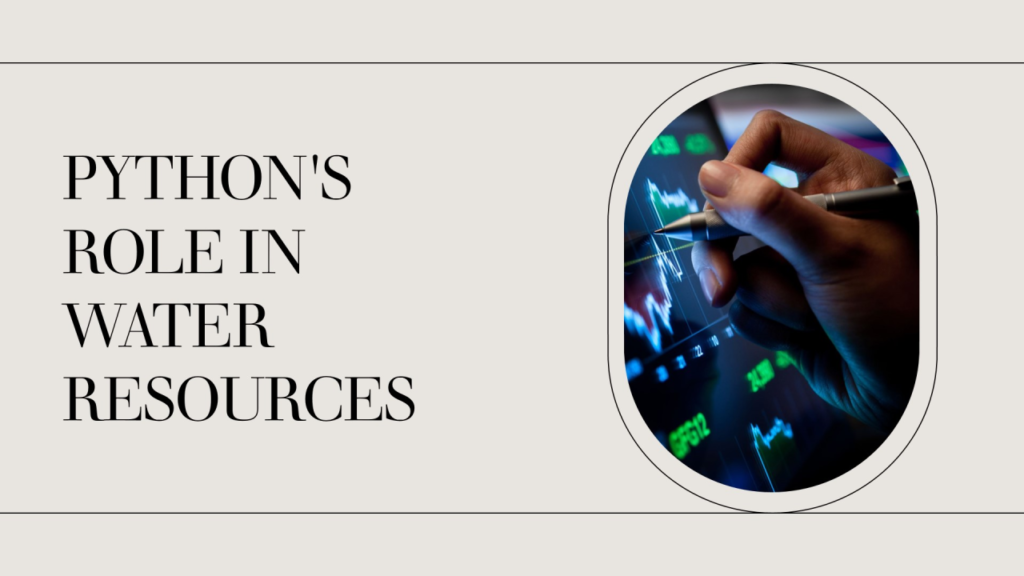Python Applications in Water Resources Engineering: Harnessing Data for Informed Decisions

Content:
Leveraging Python for Water Resources Data Analysis
Discover how Python libraries like NumPy, Pandas, and Matplotlib enable engineers to analyze and visualize water-related datasets effectively, facilitating informed decision-making.
Hydrological Modelling with Python: Simulating Water Systems
Explore the realm of hydrological modeling using Python, leveraging libraries like HEC-HMS to simulate and analyze the behavior of water systems, aiding in flood risk assessment and management.
Geographic Analysis in Water Resource Engineering using Python
Learn how Python, along with libraries such as GDAL and Fiona, empowers engineers to perform geospatial analysis, including watershed mapping and precipitation distribution assessment, enhancing understanding and management of water resources.
Python for Hydraulic Modelling: Analyzing River Flows
Dive into hydraulic modeling with Python, utilizing interfaces like HEC-RAS to simulate river flows, evaluate hydraulic behavior, and mitigate flood risks, contributing to effective water resource management.
Time Series Analysis in Water Resources: Forecasting with Python
Explore the crucial role of time series analysis in water resource engineering, employing Python libraries like Statsmodels and Pandas for forecasting hydrological patterns and trends, aiding in decision-making and planning.
Conclusion
Python serves as a versatile tool in water resources engineering, facilitating data analysis, modeling, and decision support. By harnessing Python’s capabilities, engineers can navigate the complexities of water systems, optimize resource management, and ensure sustainable water use for the future.
by Mr. Lovejeet Singh


